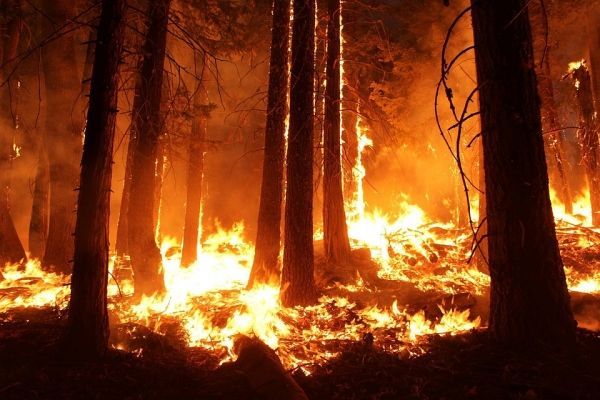An interdisciplinary team of scientists at the University of California, Irvine has developed a new technique for predicting the final size of a wildfire from the moment of ignition.
Built around a machine learning algorithm, the model can help in forecasting whether a blaze is going to be small, medium or large by the time it has run its course – knowledge useful to those in charge of allocating scarce firefighting resources. The researchers’ work is highlighted in a study published today in the International Journal of Wildland Fire.
“A useful analogy is to consider what makes something go viral in social media,” said lead author Shane Coffield, a UCI doctoral student in Earth system science. “We can think about what properties of a specific tweet or post might make it blow up and become really popular – and how you might predict that at the moment it’s posted or right before it’s posted.”
He and his colleagues applied that thinking to a hypothetical situation in which dozens of fires break out simultaneously. It sounds extreme, but this scenario has become all too common in recent years in parts of the western United States as climate change has resulted in hot and dry conditions on the ground that can put a region at high risk of ignition.
Read more at University of California - Irvine
Photo credit: skeeze via Pixabay


